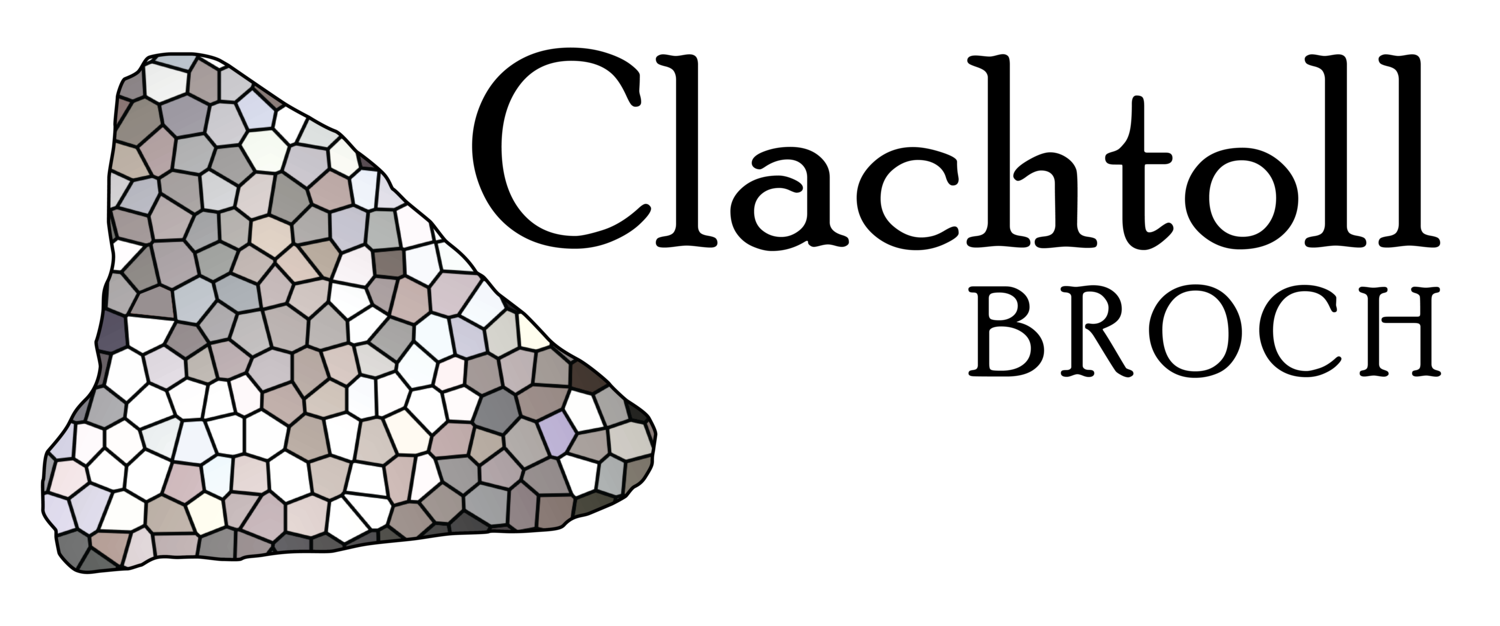
Scientific analysis adds flesh to the bones of the broch’s story. Read more about what we learned.
Using modern techniques to illuminate ancient lifestyles
Summary of scientific analyses and what they tell us……
Diet
Ever wondered what was on the menu in Iron Age Assynt? Find out!
Flora & Fauna
Explore the natural environment through microscopic plant remains and animal bone evidence
Intrasite GIS
We plotted the location of each artefact that we discovered, allowing us to map specific activity areas within the broch
Craft & Industry
The people of the broch were skilled craftspeople. Take a look at the evidence for metalworking and textile production.
Residue Analysis
Discover what a selection of pottery and stone vessels were used for through analysis of the residues clinging to, and absorbed by, their surfaces
Radiocarbon Dates
Scientific dating is key to understanding the life cycle of a site. Explore the radiocarbon dates from Clachtoll.
Soil Science
The deposits that accumulated within the broch contain many clues about its occupation and afterwards
Experimental Archaeology
Find out how we try to understand past communities better by attempting to replicate their structures and methods









